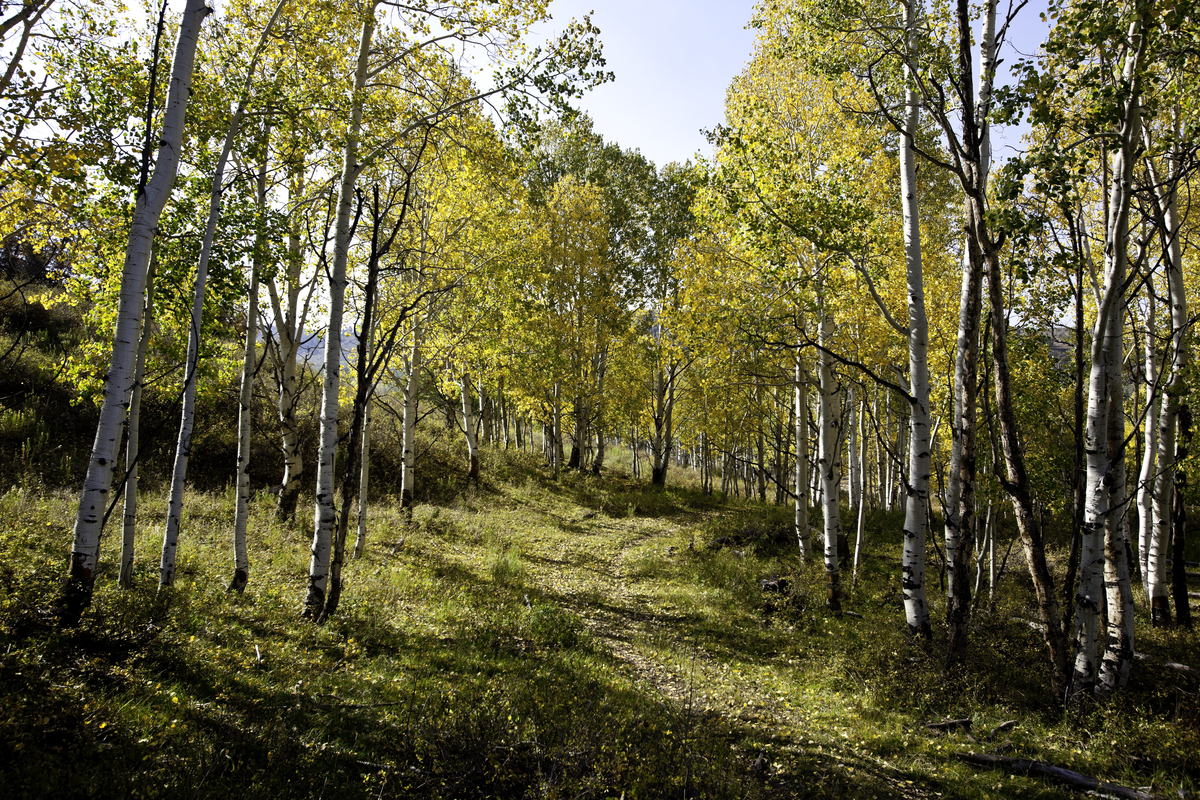A new study analyzing 21 years of data challenges the popular belief that gray wolves in the Greater Yellowstone Ecosystem (GYE) helped aspen trees recover by scaring elk into eating less. Instead, researchers found that changes in elk population size played the biggest role in aspen recovery.
“The primary driver of decreased elk browsing pressure and increased aspen tree regeneration was a reduction in elk population density, a ‘density-mediated trophic cascade,’ caused by predation from multiple predators — wolves, bears, cougars and hunters,” Dan MacNulty, Utah State University wildlife researcher and study co-author, told the Billings Gazette.
Wolf advocates long claimed that the introduction of wolves into the GYE triggered a ‘behaviorally-mediated’ trophic cascade, a chain reaction in the ecosystem that starts by wolves changing elk behavior—like scaring them away from aspen stands—which allowed aspen stands to regenerate, rivers to change their course and beavers, birds and other wildlife to return. Due to updated, more rigorous research, the story is much more complex than previously thought.
A 2021 study also questioned the behaviorally mediated trophic cascade theory in the GYE. Authors pointed to the sampling methods used in the original study that made the claim for wolves in the GYE. The original study measured only the tallest aspen trees when assessing browsing impacts on aspen stands, which inflated the perceived impact of wolves on aspen regrowth.
(Photo credit: Rocky Mountain Elk Foundation)
